Hair extensions have become a game-changer in the beauty industry, offering instant length, volume, and versatility. But with so many options available, understanding the costs and types can be overwhelming. This comprehensive guide will demystify the world of hair extensions, exploring price ranges, quality differences, and installation methods. Whether you’re a first-time buyer or looking to upgrade your current extensions, we’ll help you make an informed decision that fits your budget and style goals.
Table of Contents
● Decoding the price spectrum
● Types of extensions and their costs
● Quality matters: Synthetic vs. human hair
● Installation methods and pricing
● Making the right choice for you
Decoding the price spectrum
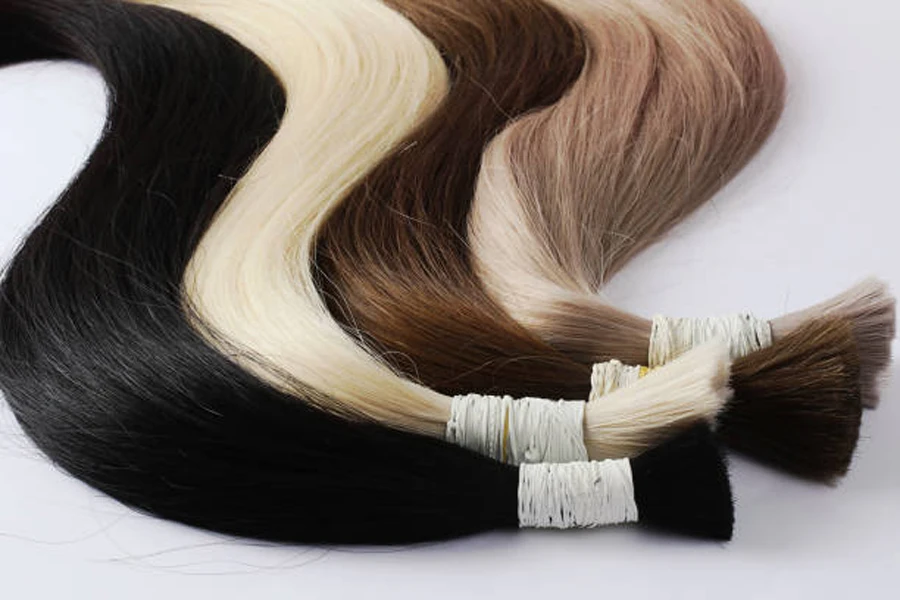
When it comes to hair extensions, the price range can be as diverse as the styles they create. On average, you can expect to invest anywhere from $100 to $1,000 or more for a full set of extensions. This wide spectrum reflects the variety of factors that influence the cost, making it crucial to understand what you’re paying for.
The most significant price determinant is the type and quality of hair used. Synthetic extensions typically fall on the lower end of the price range, often costing between $50 to $200 for a full set. These are perfect for those on a budget or looking to experiment with temporary styles. On the other hand, human hair extensions command higher prices, usually starting from $200 and potentially exceeding $1,000 for premium, virgin hair.
Length and volume play a substantial role in pricing as well. Longer extensions or those providing more volume generally cost more due to the increased amount of hair required. For instance, 14-inch extensions might cost significantly less than 22-inch ones of the same type and quality. Additionally, the method of attachment influences the price, with more permanent solutions like fusion or sew-in methods often being pricier than temporary options like clip-ins.
Lastly, don’t forget to factor in installation costs if you’re opting for professional application. Salon prices can vary widely based on location and expertise, ranging from $100 to $500 or more for installation alone. Understanding these various components of hair extension pricing will help you budget effectively and choose the option that best aligns with your needs and financial considerations.
Types of extensions and their costs
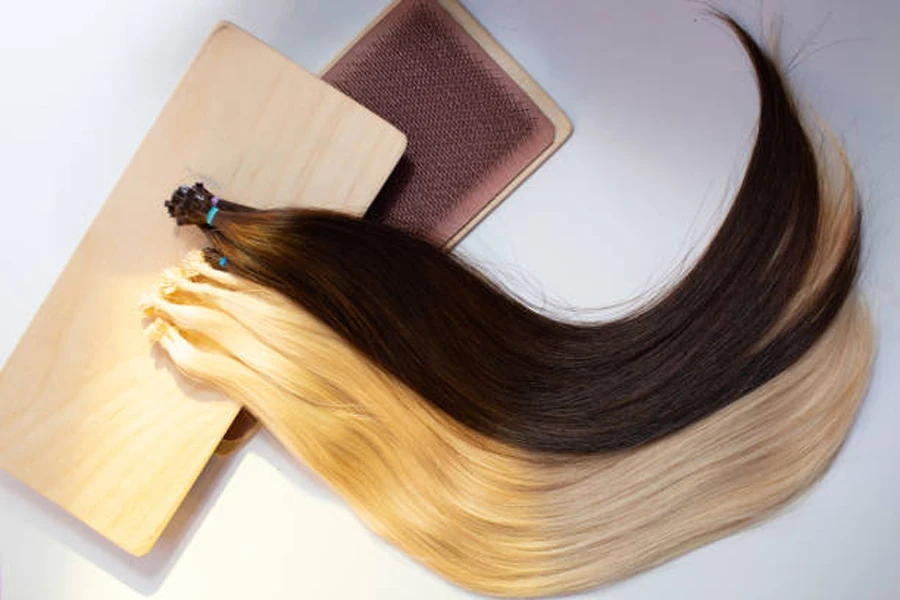
Hair extensions come in various types, each with its own price point and unique benefits. Clip-in extensions are among the most affordable and versatile options, typically ranging from $100 to $300 for a full set. These temporary extensions can be easily applied and removed at home, making them ideal for occasional use or those new to extensions.
Tape-in extensions offer a semi-permanent solution, usually priced between $200 and $600. These thin wefts are taped to your natural hair, providing a more seamless look. While they require professional installation, they offer a good balance between longevity and affordability, lasting up to 8 weeks with proper care.
For those seeking a more permanent option, sew-in extensions, also known as weaves, are a popular choice. Prices for sew-ins typically range from $250 to $750, including installation. This method involves braiding your natural hair and sewing wefts onto the braids, resulting in a long-lasting style that can be worn for several months.
At the higher end of the spectrum are fusion or keratin bond extensions. These individual strands are attached to your natural hair using heat or ultrasonic waves, creating a very natural look. Prices for fusion extensions can start at $500 and go up to $2000 or more, depending on the quality of hair and the number of strands used. While they’re the most expensive option, they also offer the most natural appearance and can last up to 6 months with proper maintenance.
Quality matters: Synthetic vs. human hair
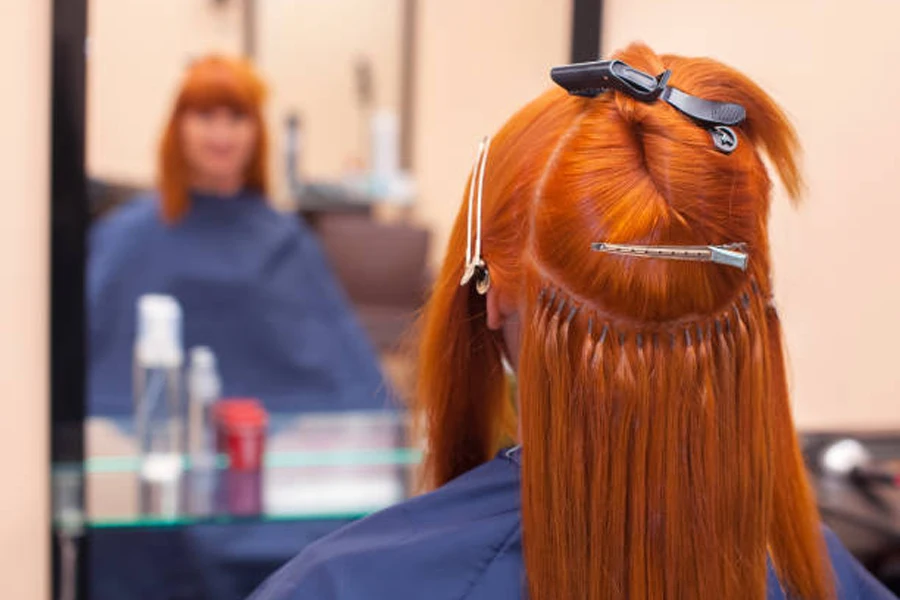
Choosing between synthetic and human hair extensions impacts both cost and quality. Synthetic options, priced from $50 to $200, offer affordability and variety but lack styling versatility and longevity. Human hair extensions, though pricier at $200 to $1,000+, provide superior quality, natural appearance, and styling flexibility. Their ability to be treated like natural hair and last up to a year or more with proper care often justifies the higher initial cost for those seeking an authentic, long-lasting solution.
Within the category of human hair extensions, there are further distinctions in quality and origin. Brazilian, Peruvian, and Indian hair are among the most popular types, each offering unique characteristics. Brazilian hair, known for its thickness and durability, often commands higher prices. Peruvian hair is praised for its versatility and natural luster, while Indian hair is valued for its fine texture and ability to blend seamlessly with various hair types.
The choice between synthetic and human hair, as well as the specific type of human hair, ultimately depends on your budget, desired longevity, and styling needs. While synthetic options offer an affordable way to experiment with different looks, human hair extensions provide a more natural appearance and greater styling flexibility, making them a worthwhile investment for those seeking a long-term solution.
Installation methods and pricing
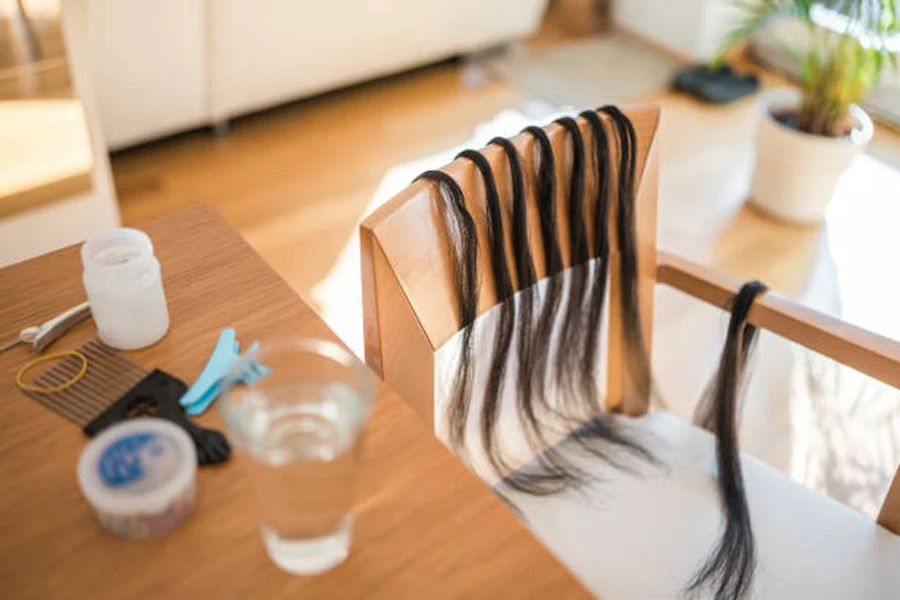
The installation method for hair extensions not only affects the final look but also plays a significant role in the overall cost. DIY options, such as clip-in extensions, offer the most cost-effective route, with no additional installation fees beyond the price of the extensions themselves. This method is ideal for those comfortable with self-application and looking for temporary enhancement.
Professional installation methods, while pricier, provide more permanent and seamless results. Tape-in extensions, a popular semi-permanent option, typically cost between $200 and $800 for installation, including the hair. This method involves adhering wefts to your natural hair with special tape, resulting in a flat and natural-looking application that can last 6-8 weeks.
Sew-in or weave installations generally range from $250 to $500, not including the cost of the hair. This method involves braiding the natural hair into a cornrow pattern and then sewing wefts of extension hair onto the braids. While time-consuming, this technique can last several months and is particularly suitable for those with thicker hair textures.
The most expensive installation method is usually fusion or micro-link extensions. These individual strands are attached to small sections of natural hair using heat fusion or tiny beads. Prices for this meticulous process can range from $500 to $3000, depending on the amount of hair used and the stylist’s expertise. While costly, this method offers the most natural-looking and longest-lasting results, with proper maintenance allowing the extensions to last up to 6 months.
Making the right choice for you
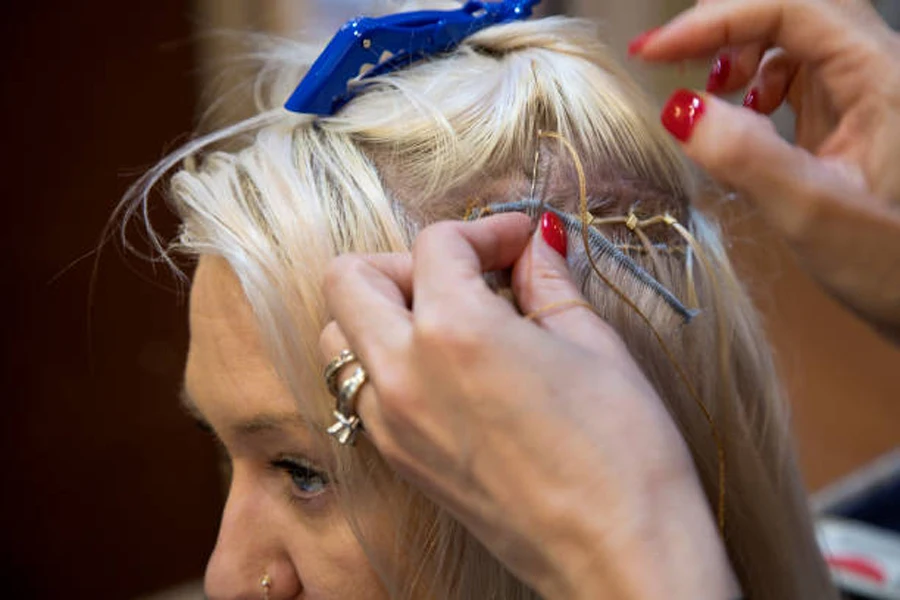
Selecting the ideal hair extensions involves balancing personal needs, lifestyle, and budget. Consider both initial costs and long-term maintenance; while synthetic options are cheaper upfront, human hair extensions often offer better value over time due to their durability and versatility.
Assess your maintenance capacity. Clip-ins provide flexibility for occasional use, while semi-permanent or permanent extensions offer consistency but require regular care. Your natural hair’s health and texture should guide your choice; fine hair might benefit from lightweight options like tape-ins, while thicker hair may suit sew-in extensions better.
Consider your styling preferences and lifestyle. Opt for versatile human hair extensions if you enjoy changing styles frequently. For active individuals or beginners, low-maintenance options like clip-ins or quality synthetics might be more appropriate. Consulting a professional stylist can help determine the best method to complement your natural locks and lifestyle.
Conclusion
Investing in hair extensions is a personal journey that combines beauty aspirations with practical considerations. By understanding the various types, costs, and installation methods, you’re now equipped to make an informed decision that aligns with your budget, lifestyle, and desired look. Remember, the best hair extensions are those that not only enhance your appearance but also boost your confidence. Whether you opt for affordable clip-ins or splurge on premium human hair extensions, the key is to choose a solution that feels right for you. Consult with a professional stylist to fine-tune your choice, and don’t be afraid to experiment until you find your perfect match. Your dream hair awaits!




